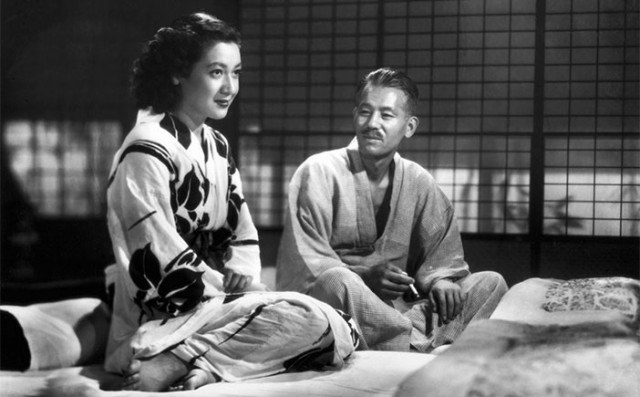
Father (Chishu Ryu) and daughter (Setsuko Hara) contemplate their future in Yasujirō Ozu masterpiece
LATE SPRING (BANSHUN) (Yasujirō Ozu, 1949)
IFC Center
323 Sixth Ave. at West Third St.
July 3-5, 11:00 am
Series runs weekends through September 27
212-924-7771
www.ifccenter.com
 Yasujirō Ozu’s Late Spring marked a late spring of sorts in the Japanese auteur’s career as he moved into a new, post-WWII phase of his long exploration of Japanese family life and the middle class. Based on Kazuo Hirotsu’s novel Father and Daughter, the black-and-white film, written by Ozu with longtime collaborator Kogo Noda, tells the story of twenty-seven-year-old Noriko (Setsuko Hara), who lives at home with her widower father, Shukichi Somiya (Chishu Ryu), a university professor who has carved out a very simple existence for himself. Her aunt, Masa (Haruko Sugimura), thinks Noriko should get married, but she prefers caring for her father, who she believes would be lost without her. But when Somiya starts dropping hints that he might remarry, like his friend and colleague Jo Onodera (Masao Mishima) did — a deed that Noriko finds unbecoming and “filthy” — Noriko has to take another look at her future. Late Spring is a masterpiece of simplicity and economy while also being a complex, multilayered tale whose every moment offers unlimited rewards. From the placement and minimal movement of the camera to the design of the set to the carefully choreographed acting, Ozu infuses the work with meaning, examining not only the on-screen relationship between father and daughter but the intimate relationship between the film and the viewer. Ozu, who never married, has a firm grasp on the state of the Japanese family as some of the characters try to hold on to old-fashioned culture and tradition while recovering from the war’s devastation and facing the modernism that is taking over.
Yasujirō Ozu’s Late Spring marked a late spring of sorts in the Japanese auteur’s career as he moved into a new, post-WWII phase of his long exploration of Japanese family life and the middle class. Based on Kazuo Hirotsu’s novel Father and Daughter, the black-and-white film, written by Ozu with longtime collaborator Kogo Noda, tells the story of twenty-seven-year-old Noriko (Setsuko Hara), who lives at home with her widower father, Shukichi Somiya (Chishu Ryu), a university professor who has carved out a very simple existence for himself. Her aunt, Masa (Haruko Sugimura), thinks Noriko should get married, but she prefers caring for her father, who she believes would be lost without her. But when Somiya starts dropping hints that he might remarry, like his friend and colleague Jo Onodera (Masao Mishima) did — a deed that Noriko finds unbecoming and “filthy” — Noriko has to take another look at her future. Late Spring is a masterpiece of simplicity and economy while also being a complex, multilayered tale whose every moment offers unlimited rewards. From the placement and minimal movement of the camera to the design of the set to the carefully choreographed acting, Ozu infuses the work with meaning, examining not only the on-screen relationship between father and daughter but the intimate relationship between the film and the viewer. Ozu, who never married, has a firm grasp on the state of the Japanese family as some of the characters try to hold on to old-fashioned culture and tradition while recovering from the war’s devastation and facing the modernism that is taking over.
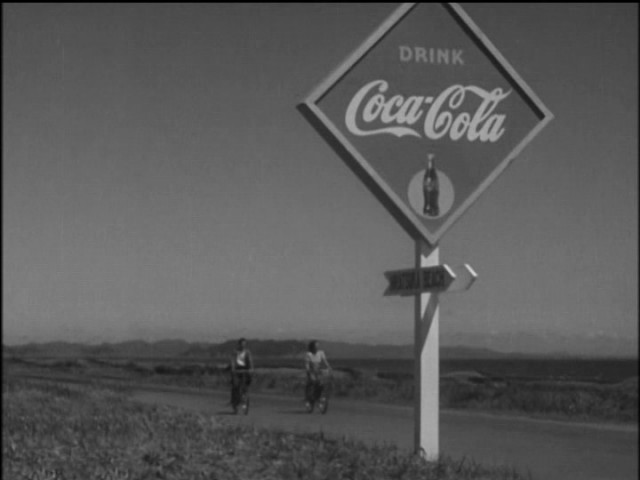
LATE SPRING is part of summer-long festival at the IFC Center celebrating the work of director Yasujirō Ozu
Hara, who also starred as a character named Noriko in Ozu’s Early Summer and Tokyo Story, is magnificent as a young woman averse to change, forced to reconsider her supposed happy existence. And Ryu, who appeared in more than fifty Ozu films, is once again a model of restraint as the father, who only wants what is best for his daughter. Working within the censorship code of the Allied occupation and playing with narrative cinematic conventions of time and space, Ozu, who died on his birthday in 1963 at the age of sixty, examines such dichotomies as marriage and divorce, the town and the city, parents and children, the changing roles of men and women in Japanese society, and the old and the young as postwar capitalism enters the picture, themes that are evident through much of his oeuvre. In his 1977 book Ozu: His Life and Films, historian, director, and writer Donald Richie wrote, “For him the givens of his pictures were indeed so everyday that, once decided upon, he neither considered nor questioned their effect. This was shown by his surprise that anyone would want to ask questions about his material and his methods, and by his indifference, even obliviousness, to the many similarities among his pictures. Not in the slightest doctrinaire, he early found a way to show what he wanted and saw no reason to change.” A masterpiece from start to finish, Late Spring is screening in a 35mm print at the IFC Center July 3-5; the series continues through September 27 with such other Ozu works as What Did the Lady Forget?, Brothers and Sisters of the Toda Family, Record of a Tenement Gentleman, and Tokyo Twilight.
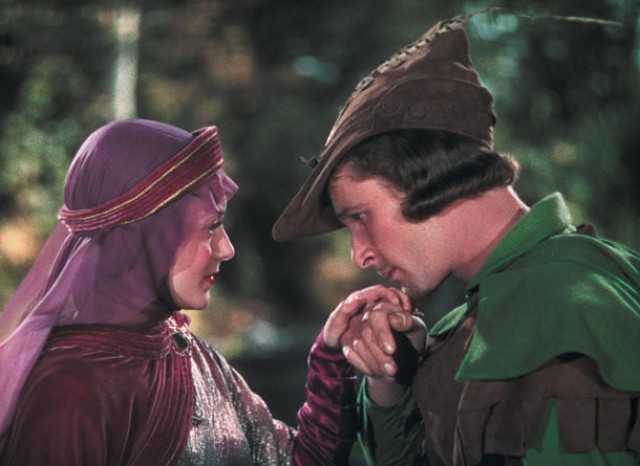

 Three-time loser Skip McCoy (Richard Widmark) gets more than he bargained for when he lifts femme fatale Candy’s (Jean Peters) wallet on the subway, landing him in trouble with mysterious Joey (Richard Kiley) and the Feds in Samuel Fuller’s fab Cold War noir set in New York City. “If you refuse to cooperate, you’ll be as guilty as the traitors that gave Stalin the A bomb,” the cops tell him, to which Skip classically replies, “Are you waving the flag at me?” Widmark is almost too good as Skip, a suave pickpocket who lives under the Brooklyn Bridge in an old bait and tackle shack. Sure, it gets a little melodramatic at the end, which comes too soon (the film is only eighty minutes long), but it’s worth every minute nonetheless. And yes, that is Brooklyn’s own Thelma Ritter as the curious little lady who sells ties for information, earning her fourth consecutive Oscar nomination for Best Supporting Actress. One of Fuller’s best, Pickup on South Street is screening at Film Forum in a new 4K restoration May 29 to June 4.
Three-time loser Skip McCoy (Richard Widmark) gets more than he bargained for when he lifts femme fatale Candy’s (Jean Peters) wallet on the subway, landing him in trouble with mysterious Joey (Richard Kiley) and the Feds in Samuel Fuller’s fab Cold War noir set in New York City. “If you refuse to cooperate, you’ll be as guilty as the traitors that gave Stalin the A bomb,” the cops tell him, to which Skip classically replies, “Are you waving the flag at me?” Widmark is almost too good as Skip, a suave pickpocket who lives under the Brooklyn Bridge in an old bait and tackle shack. Sure, it gets a little melodramatic at the end, which comes too soon (the film is only eighty minutes long), but it’s worth every minute nonetheless. And yes, that is Brooklyn’s own Thelma Ritter as the curious little lady who sells ties for information, earning her fourth consecutive Oscar nomination for Best Supporting Actress. One of Fuller’s best, Pickup on South Street is screening at Film Forum in a new 4K restoration May 29 to June 4.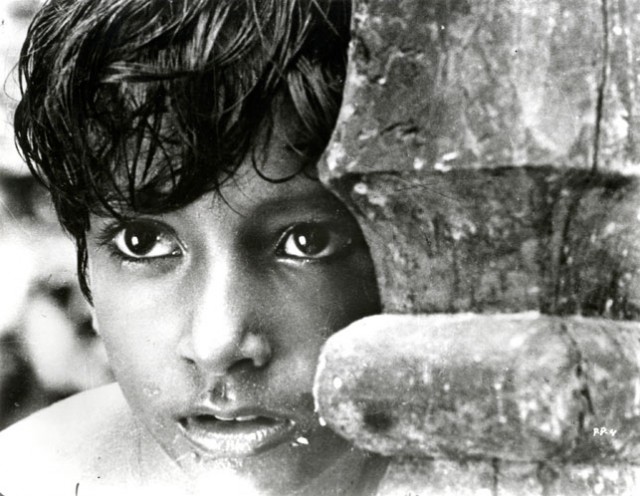
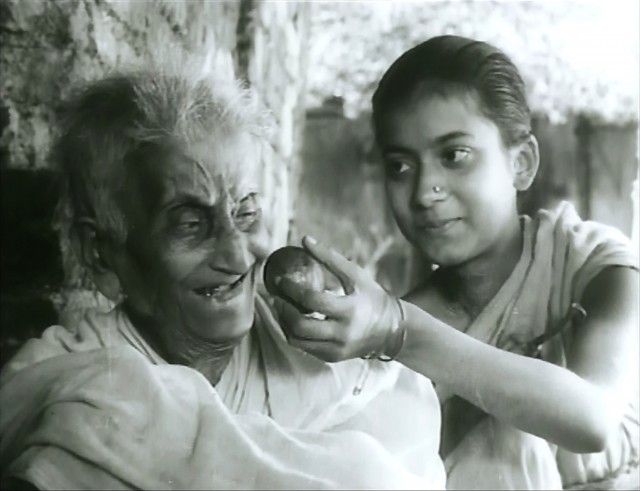
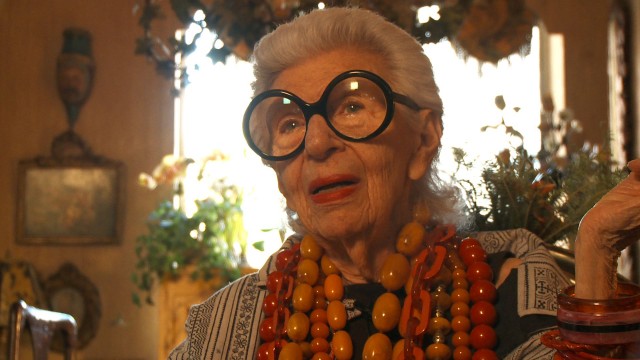
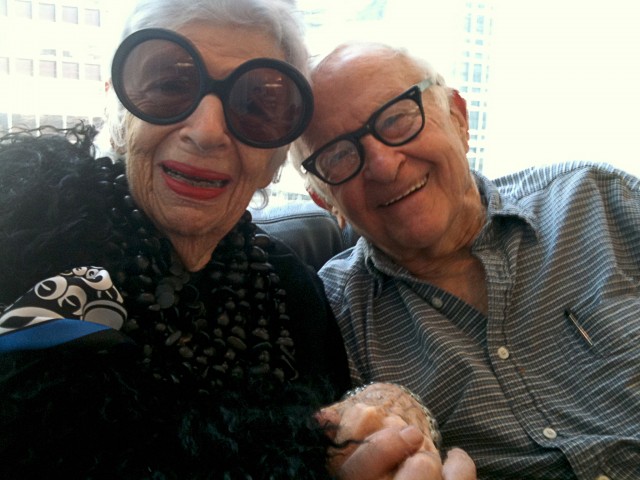
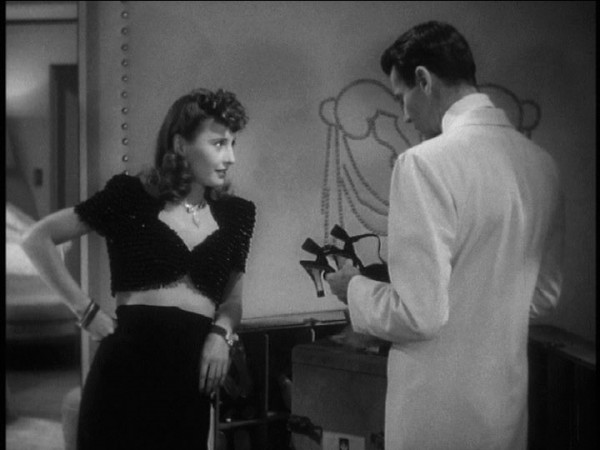
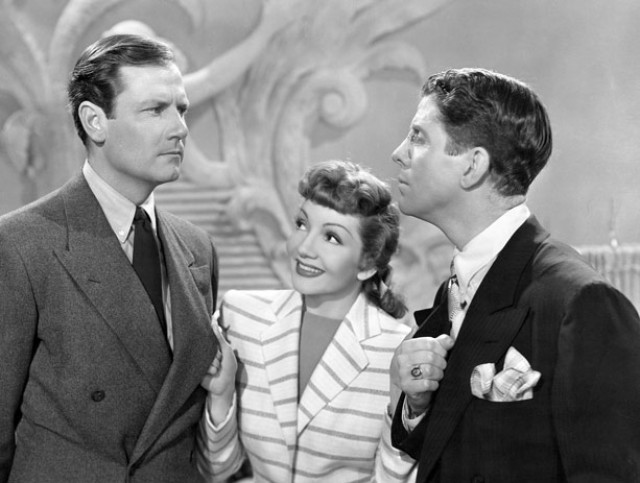
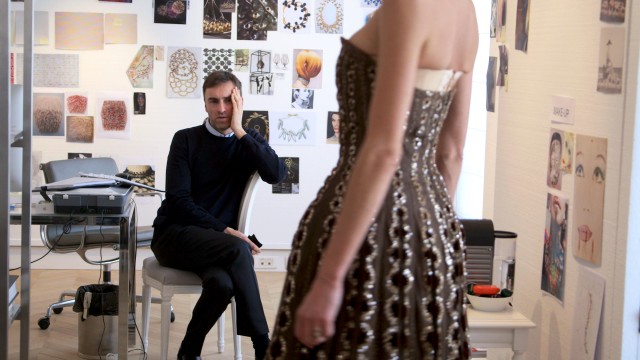
 After working on two previous fashion-related films, Diana Vreeland: The Eye Has to Travel and Valentino: The Last Emperor, Frédéric Tcheng makes his solo directorial debut with Dior and I. In April 2012, fashion designer Raf Simons was named the new creative director of Christian Dior, bringing along his right-hand man, Pieter Mulier. Tcheng goes behind the scenes to follow Simons as he prepares his first-ever haute couture collection, which is due in a mere two months. Tcheng zooms in on the Belgian designer’s working methods and general anxiety as he takes over at the legendary company, developing important relationships with Dior CEO Sidney Toledano, première atelier flou Florence Chehet, première atelier tailleur Monique Bailly, the seamstresses, the models, and other employees. Simons chooses to pay homage to Dior’s past with his new collection while attempting to rid himself of the designation of “minimalist designer.” One of his most fascinating directions is attempting to incorporate the work of artist Sterling Ruby into his designs. All the while he is haunted by the ghost of company founder and New Look creator Christian Dior, who is shown by Tcheng in archival footage accompanied by a voice-over of Omar Berrada reading from Dior’s memoirs. Dior and I is a slight but affecting race against time, as one man in the present honors the past while laying the groundwork for a bright future. Dior and I opens April 10 at Film Forum and the Film Society of Lincoln Center, with Tcheng and Berrada appearing at Film Forum for the 7:30 show April 10 and the 5:20 show April 11; Tcheng will also be at the Walter Reade Theater for a Q&A following the 7:00 show April 11.
After working on two previous fashion-related films, Diana Vreeland: The Eye Has to Travel and Valentino: The Last Emperor, Frédéric Tcheng makes his solo directorial debut with Dior and I. In April 2012, fashion designer Raf Simons was named the new creative director of Christian Dior, bringing along his right-hand man, Pieter Mulier. Tcheng goes behind the scenes to follow Simons as he prepares his first-ever haute couture collection, which is due in a mere two months. Tcheng zooms in on the Belgian designer’s working methods and general anxiety as he takes over at the legendary company, developing important relationships with Dior CEO Sidney Toledano, première atelier flou Florence Chehet, première atelier tailleur Monique Bailly, the seamstresses, the models, and other employees. Simons chooses to pay homage to Dior’s past with his new collection while attempting to rid himself of the designation of “minimalist designer.” One of his most fascinating directions is attempting to incorporate the work of artist Sterling Ruby into his designs. All the while he is haunted by the ghost of company founder and New Look creator Christian Dior, who is shown by Tcheng in archival footage accompanied by a voice-over of Omar Berrada reading from Dior’s memoirs. Dior and I is a slight but affecting race against time, as one man in the present honors the past while laying the groundwork for a bright future. Dior and I opens April 10 at Film Forum and the Film Society of Lincoln Center, with Tcheng and Berrada appearing at Film Forum for the 7:30 show April 10 and the 5:20 show April 11; Tcheng will also be at the Walter Reade Theater for a Q&A following the 7:00 show April 11.